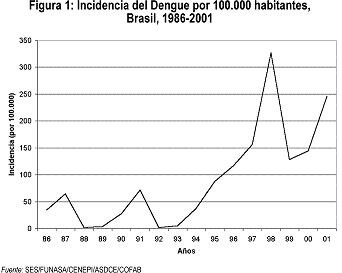We commonly hear that motor word refers to people or some entities that carry out certain tasks or that “carry out” ideas or undertakings but that, in short, do not involve any work in the physical sense. It will not be uncommon to hear people refer to someone who is no longer saying that “it was the engine"Of the family, or that it was"the motor”In an office or anywhere else. Always, unfailingly, it is done reference to movement, to act of moving, to walk, to make something work ... What a novelty we bring ...

The same can happen in computing. Motor, the word motor, is commonly applied in jargon to terms such as “Search Engine"Or"engine”And always refers to the same thing: the fact that generate a "movement" that definitely produces an action. In the case of these "search engines", from a series of keywords, the search process is triggered in different electronic addresses in search of a final result. From the first search engines, made up of the robots of the first half of the 1990s, to the modern technologies of the spiders and metasearch engines, the ruling principle has been the absolute analogy with the engines: the production of a real "movement".
We car lovers, almost as if we ignore and put aside any other meaning of this word that does not refer to one of the most wonderful inventions of man: the automobile.
What would the cars we love and enjoy be without the engine? Nothing ... just a beautiful design object and nothing more. Undoubtedly, the passage from blood traction, mediated by the effort of horses, oxen, donkeys or mules meant an imposing leap in terms of performance and quality in transport. It was in this context that the principles governing the operation of an engine were enunciated by Beau de Rochas and then, already in 1862, were put into practice by the German Otto, which finally resulted in the cycle of transformations that causes a fluid inside the engine is called Otto cycle.
Words more, words less, and apart from the historical framework plagued with numerous anecdotes, the truth is that the engine is the true heart of our friend, the car, and the one that (ultimately) allows us to fully enjoy it.
The engine is, in simplified words, a machine that can convert energy that is stored in different ways inside, such as fuels, batteries or other sources, in mechanical energy that finally ends up doing “work”, a “movement”. So basically the engine transforms chemical energy (of fuels) in mechanical energy which is effectively translated into your output shaft. In this way, a force is produced that inevitably causes movement. This energy transformation capacity had its origin in the first steam engines, in which thermal energy was converted into mechanical energy, to reach its apotheosis with the conversion of fossil fuels into displacement capacity. From then on, the spread of automobiles began a growth of exponential proportions, from the traditional designs that slowly began to populate the streets of large cities in the 1930s to the formidable modern prototypes of various designs that travel through cities and towns. roads in the 21st century.

If we had to summarize it in a few words, we could say that the engine running deals with the following: inputs and outputs (see second image). In the "inputs" section we locate air and fuels with the addition of the contribution made by auxiliary systems such as lubricants, refrigeration systems and electrical energy. Likewise, within the engine block we place as “inlets” the different distribution systems, piston-connecting rod-crank mechanisms and as a result (or “outlet”) we would have the mechanical energy produced as a derivative of all the above, leaving for the last all the residuals such as combustion gases and the heat produced.
Engines there are of all kinds: there are those that get energy from fluids (wind, hydraulic, compressed air, thermal engines, etc.). There are also the energy of solids and those that end up getting energy in other special ways (for example, electric motors).
The general characteristics of the engines could be classified as follows:
- Performance: is the quotient between the useful power and the absorbed power. It is important at this point to mention that power is nothing other than the energy that is transferred as a function of the time of action; traditionally, it is still expressed in horsepower, despite the worldwide preference for using the watt as the unit of measurement.
- Rotational speed (or nominal): this is the angular velocity of the crankshaft, that is, the number of radians per second at which it rotates. It is worth remembering that the radian is an angular measure equivalent to about 57º sexagesimal.
- Power: it is the result of the work that the motor is capable of developing at a certain speed of rotation in a certain unit of time. The relationship between the weight and the power of a car is one of the cardinal variables to define the capacity of displacement in speed in sections of reduced extension. This principle is what allows Formula 1 cars to participate in competitions, since they carry very little weight within the framework of a very high power-
- Motor torque: it is finally the moment of rotation that operates on the motor shaft and ends up determining its rotation. It is generally measured in kilograms (kgm) or Newton-meters (Nm, also called joules in the international system).
Ladies and gentlemen, with you, the engine.









